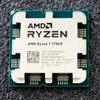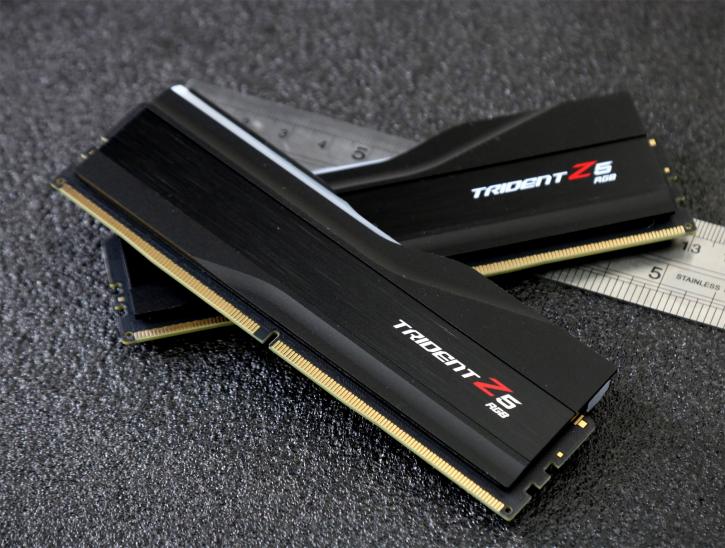Introduction
Ryzen 7000 DDR5 Memory Scaling / G.Skill TridentZ5 6000 CL30 review
What memory frequency and latency serve you best?
You've likely just read our Ryzen 7000 reviews. and will have noticed that AMD calls DDR5 6000MHz /30CL a sweet spot. It, however, might not be a sweet spot for your wallet, ergo we look at how performance scales with two more common DDR5 memory configurations. In this article, we'll perform additional testing with two added DDR5 configurations, DDR5 4800 CL42 (JEDEC), and the widely used 5200 MHz CL40.
G.Skill debuted several DDR5 series: the Trident Z5, the Trident Z5 RGB, and the Ripjaws S5. All the kits have 32GB (2x16GB) of storage. Of course DDR Latency is important, as this review will demonstrate, but what influence does sharper latency have on frequency? In that spirit, we'll put a TridentZ5 NEO memory kit through its paces at 4800 MHz, 5200 MHz, and thus 6000 MHz. We do not know the final prices of the DDR5 6000MHz /30CL kit, but we expect it to sit in the 250~300 USD range, whereas a 5200 MHz kit can be spotted at 175 USD. Is that differential worth the extra money with Ryzen series 7000? DDR5 comes with new features like a Power Management Integrated Circuit, often known as a PMIC, which is responsible for controlling voltage changes. This effectively allows the DDR5 module to take over energy management and lessen the demand placed on the motherboard controller. Compared to DDR4, the nominal DDR5 voltage is 1.1 V, but the normal DDR4 voltage is 1.2 V. And while DDR4 is normally 1.35V XMP, it can be as high as 1.45V in some instances. Regarding the SPD profile (expo) voltage, DDR5 is most likely using 1.25-1.35V (depending on manufacturer and fequency).
We all expected massive performance improvements from DDR5 memory frequency differentials. As it turns out, that's not entirely the case. If you purchase a new Ryzen 7000 system, it may be worthwhile to purchase faster DDR5 memory; however, it is more expensive, so you need to pick wisely and cost-effectively. The kit today, for example, passes 250 EUR at 8~10 EUR per GB that's okay, we feel, but can you go with a cheaper kit?
Our setup is based on the sweet spot configuration; DDR5 6000 CL30 versus DDR5 5200 CL40 kit (2x 16GB). We'll use the X670E HERO motherboard from ASUS as used in our previous articles to maintain consistency.


